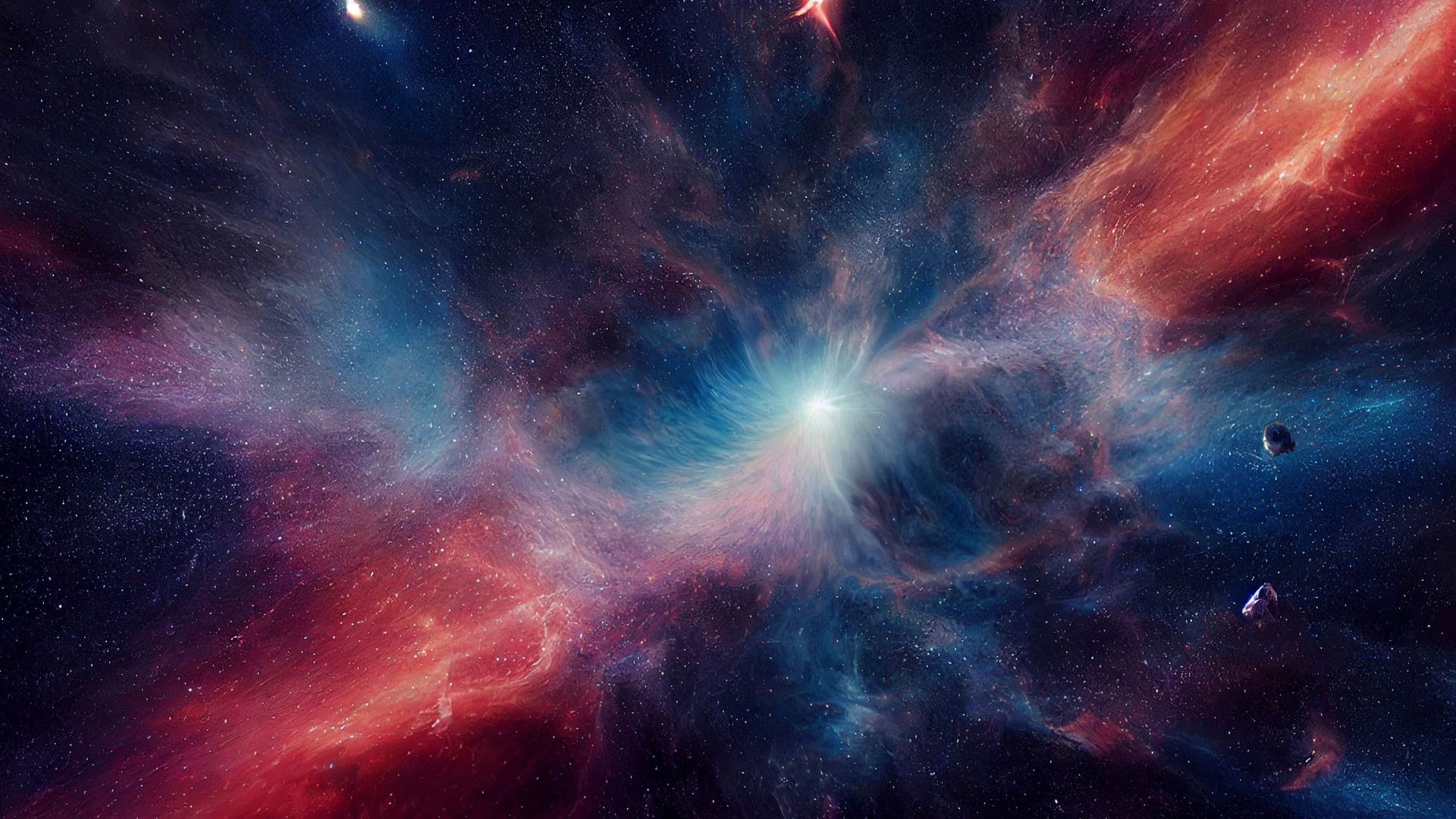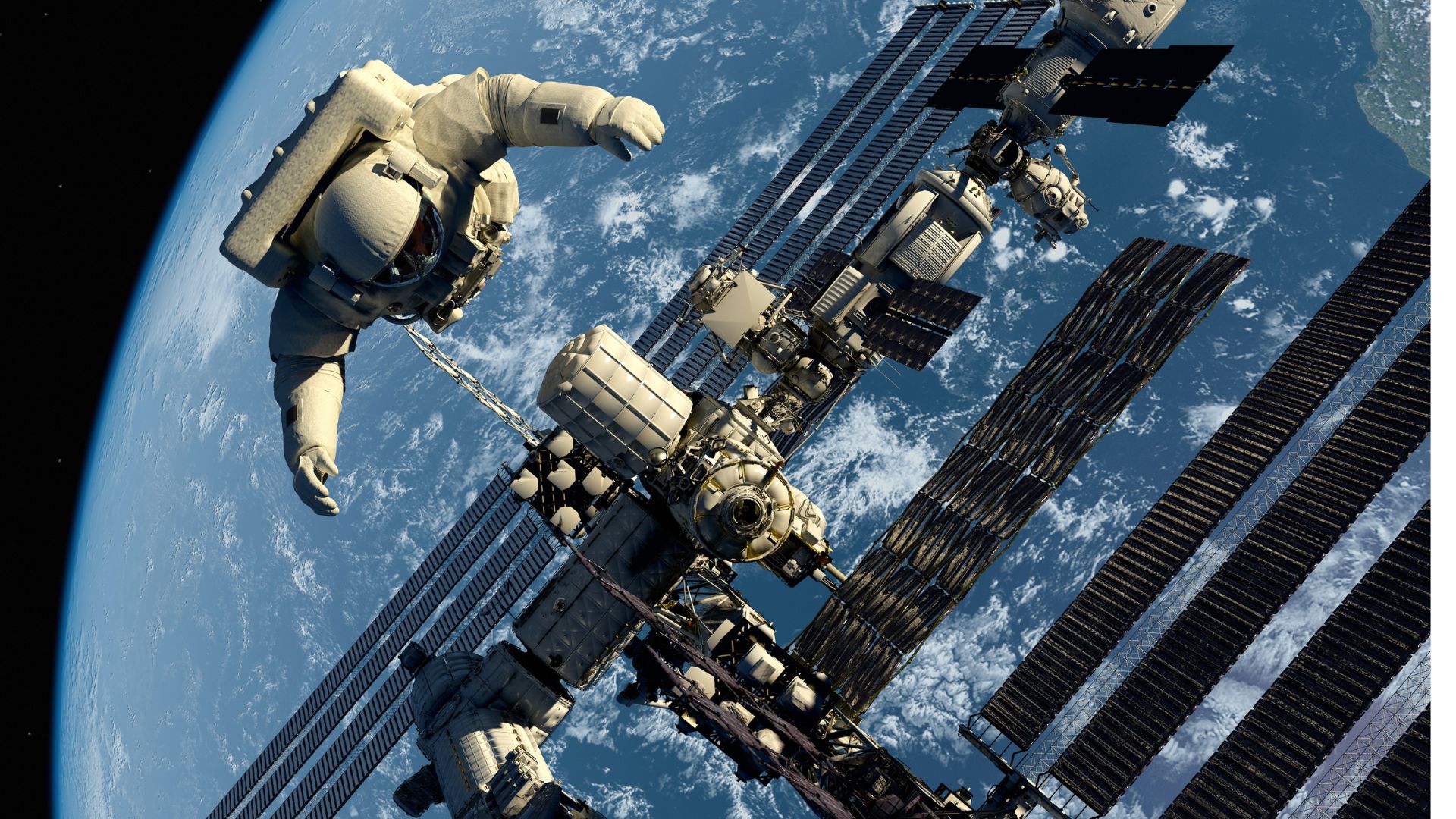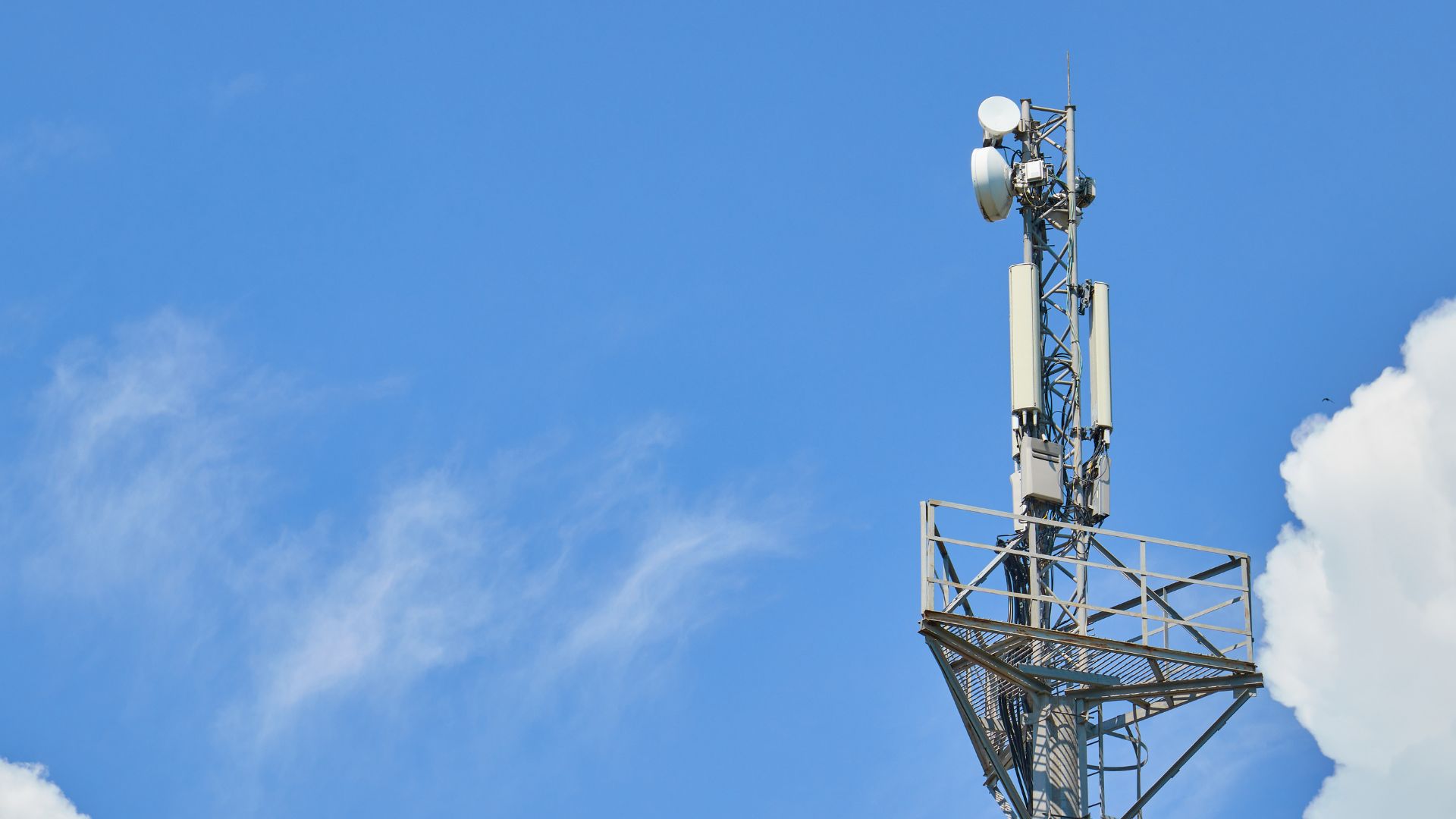Space Junk: The Growing Concern of Orbital Debris and Its Impact

Space junk, or orbital debris, is becoming a growing concern for space exploration and satellite operations. With thousands of defunct satellites, spent rocket stages, and fragments from collisions orbiting Earth, the risk of collisions and damage to active spacecraft is increasing.

Orbital debris poses a significant threat to both manned and unmanned space missions. Even small fragments, traveling at high velocities, can cause catastrophic damage upon impact. For instance, a collision between a satellite and a piece of space junk can generate thousands of additional fragments, further exacerbating the problem. This cascading effect, known as the Kessler Syndrome, could make certain orbits unusable for future missions.

Satellites and the International Space Station (ISS) are particularly vulnerable to space junk. Operators must constantly track debris and maneuver spacecraft to avoid collisions, which requires significant resources and planning. In some cases, debris cannot be avoided, leading to potential mission failures and loss of valuable equipment.

Efforts to mitigate space junk include designing satellites with end-of-life plans, such as deorbiting mechanisms or moving to graveyard orbits. Additionally, initiatives like active debris removal (ADR) are being developed to capture and dispose of large debris. Concepts such as robotic arms, nets, and harpoons are being tested to clean up space junk and reduce the risk of collisions.

International cooperation is crucial in addressing the space junk problem. Organizations like the United Nations Office for Outer Space Affairs (UNOOSA) and the Inter-Agency Space Debris Coordination Committee (IADC) work to develop guidelines and best practices for space operations. By adhering to these guidelines, spacefaring nations and companies can help minimize the creation of new debris and ensure the long-term sustainability of space activities.
Space junk is a growing concern that requires immediate attention and action. Through innovative technologies, international cooperation, and responsible space operations, we can mitigate the risks posed by orbital debris and protect the future of space exploration.


